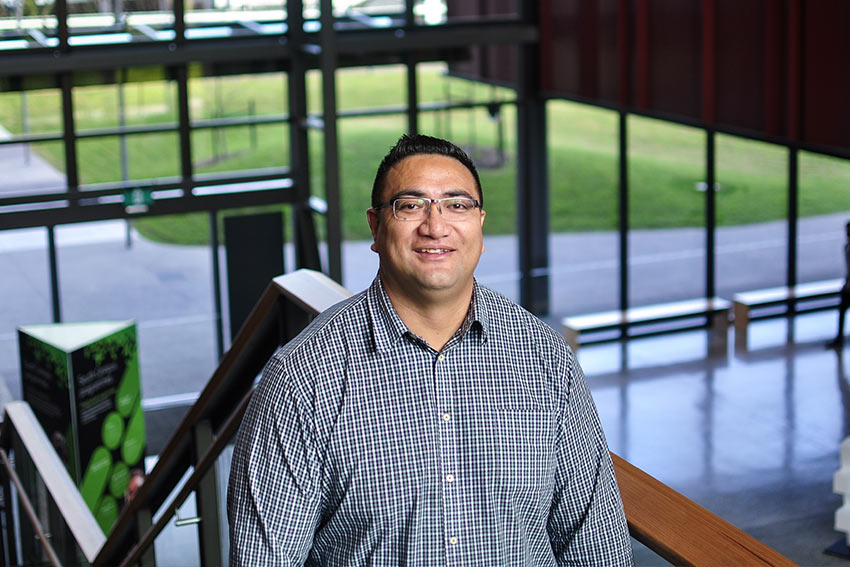Pacific youth at risk if mothers gamble

A report funded by the Ministry of Health shows that more than half of the Pacific youth interviewed, aged 14 years, had gambled at least once in their life and one in 27 were problem gamblers.
The research is part of the Pacific Islands Families Study at the AUT South Campus – a longitudinal cohort study of Pacific children born at Auckland’s Middlemore Hospital in 2000, and their parents. The report was prepared by AUT’s Gambling and Addictions Research Centre.
In addition to investigating the extent of gambling and problem gambling, the study assessed the risk factors around participation and expenditure.
For Pacific youth, being bullied at school was a risk factor, as was gang involvement, playing video or computer games, watching television or DVDs, and having a mother who gambled.
The research found that 52 percent of Pacific mothers who participated had gambled in the year prior to data collection. Overall, 29 percent had experienced a moderate level of harm and 0.7 percent were classified as problem gamblers.
Risk factors for gambling participation among mothers included alcohol consumption, being a victim or perpetrator of verbal aggression, and increased deprivation levels. Furthermore, retaining a high level of alignment with Pacific culture, alongside a low level of alignment with New Zealand culture, was associated with risky gambling behaviour.
“The research highlights the need to better support Pacific mothers, particularly those recently settled in New Zealand,” says Dr El-Shadan Tautolo, Director of the Pacific Islands Families Study.
“We need to put measures in place to support people and help them retain or strengthen their Pacific culture while also building a sense of connection to New Zealand culture and society – this helps build resilience to acculturative stressors and enables people to adapt well.”
The longitudinal nature of the study has provided useful insights into changes in gambling behaviours and risk factors over time, as well as the social, family and environmental factors associated with gambling.
Dr Maria Bellringer, lead author of the report and Associate Director of AUT’s Gambling and Addictions Research Centre, underscores the intergenerational gambling behaviour identified as a key finding.
“Mothers’ gambling behaviours influence those of their children, so adult education and public health campaigns are vital to stem the negative effects of gambling and its transfer across generations,” she says.
Dr Tautolo is equally mindful of the intergenerational implications across families. Given that the data is collected from a large cluster of Pacific family units, he says the consequences for the wider Pacific community could be enormous.
“Clearly there needs to be a comprehensive strategy to tackle problematic gambling and related harm for Pacific people. This strategy needs to consider, among other things, the importance of advocacy, workforce development and health promotion, as key areas to address this problem.”
Dr Tautolo also notes the importance of preventative measures in safeguarding Pacific youth from problem gambling later in life.
“We know that bullying and gang involvement are risk factors for gambling,” he says. “Now, we need to ensure interventions follow that minimise the risk of gambling involvement. Working to reduce the appeal of gang affiliation and providing effective support to youth who have been bullied, so they don’t turn to harmful behaviours like gambling, are natural starting points.”
Read the full report on the Ministry of Health website.
Ministry of Health website
Watch the story on
Listen to the story on
Read the story